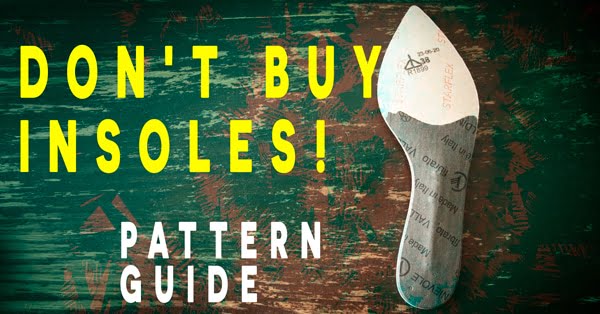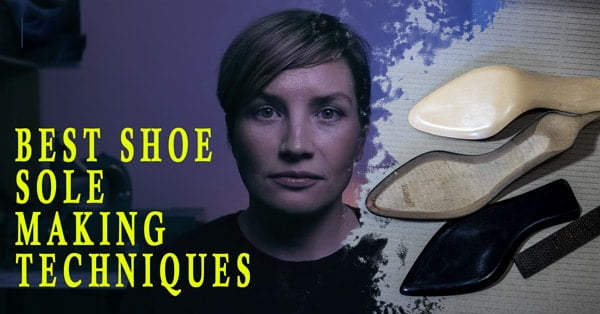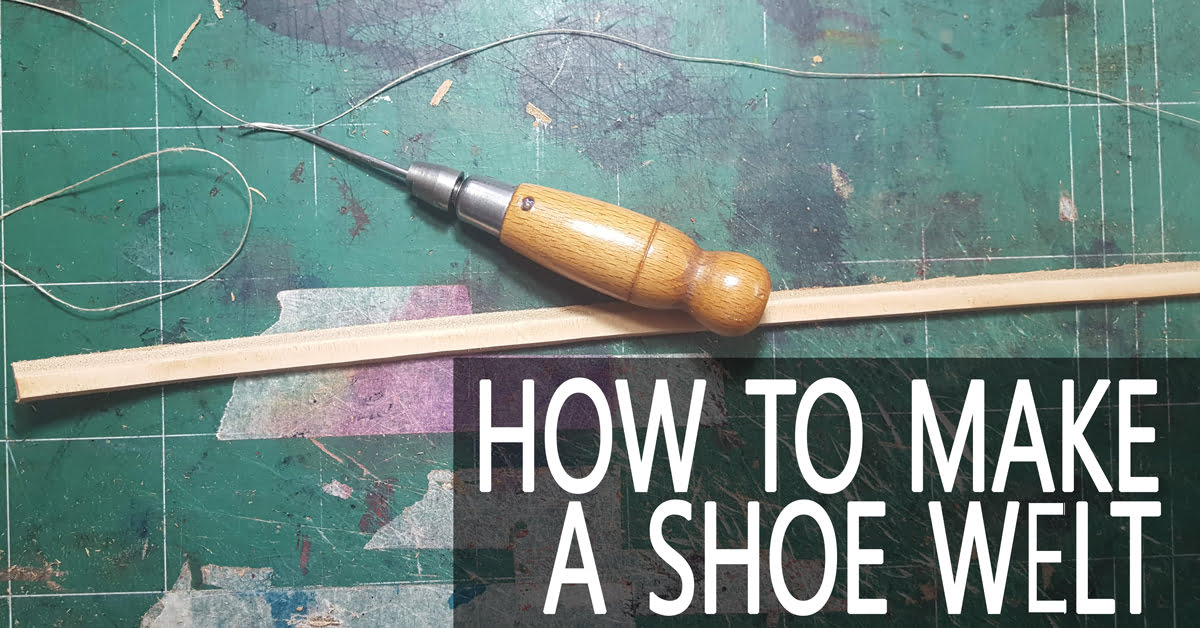Shoe parts
The foundation of exceptional shoe design and the art of making shoes lies in a profound understanding of each shoe part. Every component, from the heel to the top-line, plays a pivotal role in the overall aesthetics, functionality, and comfort of the footwear. For shoemakers, this intricate knowledge is the backbone of the shoe-making process, ensuring each creation is both stylish and durable. Similarly, for shoe designers, a deep awareness of shoe parts is essential for drawing and designing shoes with accuracy and flair. This guide aims to shed light on the myriad components that come together in shoe construction, offering insights into the world of shoe design and the craftsmanship behind how shoes are made.
Foundational Shoe Parts
Every shoe, regardless of its style or purpose, is constructed using a set of basic components. These foundational shoe parts are the essence of footwear, ensuring functionality, comfort, and durability. They appear in almost every shoe type, from the simplest sandals to the most intricate high-fashion heels. Here's a closer look:
Upper

The top part that covers the foot, setting the tone for the shoe's overall style. It's the canvas for shoe designs and the first thing noticed in a shoe drawing. The upper's design and structure are determined by the type of shoe. If you wish to make Oxford shoes, or Derby shoes, or Boots, or calssic Flat Ballet shoes for example, the upper structure will be different. Whatever upper design you choose, you should be familiar with the design and pattern construction rules.
The image shown here is from an English Welted Men's Oxford shoe course, where the upper construction is based on the rules of Oxford's upper construction with extra ornamental components that everyone can adjust to suit his or her design preferences.
There are various materials that can be used to make the upper; if you're interested in learning more, see this directory.
Lining
The inner material that provides comfort and can influence how to make a shoe more wearable. The pattern for the lining differs somewhat from the pattern for the upper. If the upper has a complex design with some accessories or a lot of decorative embellishments, the lining pattern will be simple and clean to create the most smooth comfort possible.
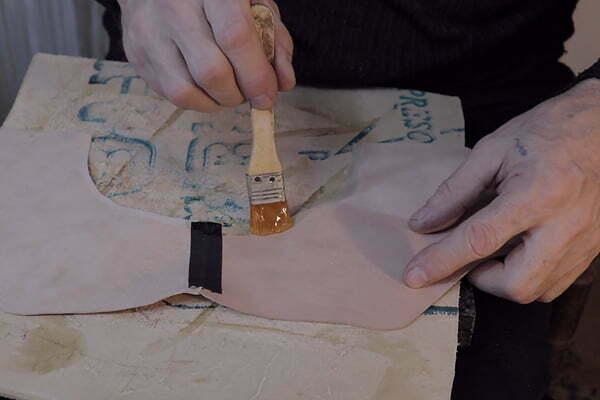
Vamp
The front section of the upper that covers the top of the foot, extending from the toe to the area where the laces begin. It plays a significant role in the shoe's fit and style.
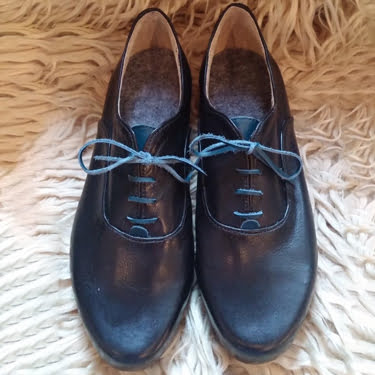
This is an example of an Oxfrod women shoe vamp created by one of my students. If you want to see more works of my student , you are wellcome to visit this page.
Topline
The upper edge of the shoe, which can be a defining feature in shoe designs. The topline may have a different type of seam or finishing. The majority of elegant shoe styles have folded edges; if you're interested in learning more about folding in shoemaking, check out this article: "How To Fold a Shoe Upper?! Shoemaking steps"
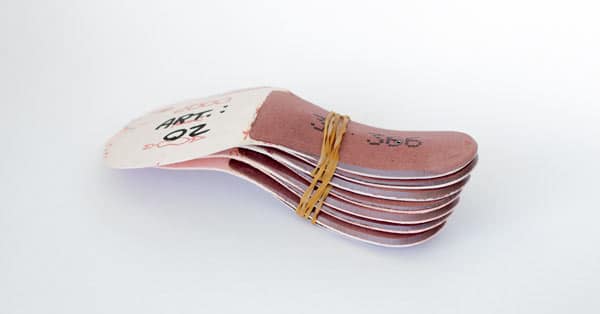
The interior base where the footrests. It serves as the key component of the shoe, to which all other parts are connected. For aspiring shoemakers, crafting a comfortable insole is of utmost importance. Dive into this shoemaking course where you can master the art of creating insoles right at home.
Explore our detailed articles on the shoe insole, a crucial inner component of footwear and how to make shoes with minimum tools and materials. And if you want to learn the complete process of creating shoes quickly yet thoroughly, read this shoe making article: "How to Make Shoes"
SockLiner
Often confused with the insole, the sock liner is a thin, removable layer inside the shoe that sits directly beneath the foot. It provides additional cushioning, enhances comfort, and aids in moisture management. Sock liners can be replaced or customized, allowing wearers to adjust the shoe's internal feel or accommodate orthopedic inserts.
Stiffeners
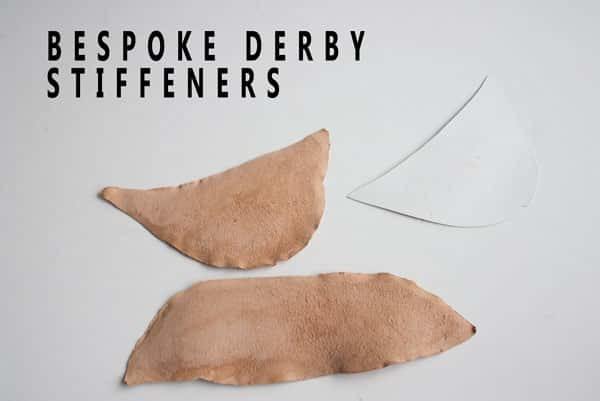
Essential reinforcements in shoe construction, stiffeners provide structure and maintain the shoe's shape. Two primary stiffeners are:
1.Toe Puff: Located at the front of the shoe, this reinforcement ensures the toe box retains its shape, protecting the toes and enhancing the shoe's overall structure.
2.Counter: Positioned at the back of the shoe, the counter provides support to the heel area, ensuring the shoe remains snug around the wearer's heel and prevents the shoe from collapsing or deforming.
Stiffenres can be made out of different materials: vegetable-tanned leather, thermoplastic material and celastic material, and you need to know how to work with these materials in making shoes. That's why in my shoemaking courses online I teach how to make stiffenres out of these three mateirlas.For example,in Bespoke Derby Course, Sneakers Making Course or Oxford Course.

The shoe's bottom, is designed for durability and traction. In shoe construction, the choice of the outsole can define the shoe's purpose, be it athletic performance or formal wear. In this shoemaking course, for example,I instruct on crafting elegant shoe soles using vegetable-tanned leather.
There are several outsole constructions and here are most common like cemented shoe soles, welted shoe outsoles, stitched down outsole and opanka sole construction.
Here is a great article where you can learn more about different sole types and sole constructions. To learn about various shoe types where you can create different soles types for each of them, be sure to check out this article: "How to Make Shoes - Shoe Types".
Heel
Elevates the shoe and can vary in design, materials used, and height. There are many different materials that can be used to create heels, and on my shoemaking platform, I provide a variety of courses where you can learn how to make heels out of materials including wood that we used in Mocassins making course, leather that we used in Oxford Shoes Course, cork that we utilized in Wedge Cork Mule Sandals course, and EVA we used in Sneakers Making Course.
Additionally, I offer a unique course on heel construction that teaches you how to create heels of any height with basic shoemaking tools and a unique approach.
And if you are eager to learn why is so important to calculate correctly the heel height and how to do so, read this awesome article.
Advanced Shoe Components
While every shoe is built upon a foundation of basic components, certain designs incorporate specialized parts to enhance functionality, comfort, or aesthetic appeal. These advanced shoe components are often what set apart specific shoe types, giving them their unique characteristics and purposes. Here's an exploration of some of these components:

Positioned between the insole and outsole, the shank provides added support, especially in the arch area. It's essential in shoes designed for rigorous activities or those with high heels to maintain structure.
Midsole
A middle layer that lyas between insole and outsole. It could be a cushioning layer that plays a vital role in shoe construction, especially in athletic footwear.
Quarters
Define the shoe's sides and back, crucial for ensuring a snug fit.
Heel Seat
Where the heel rests, a key point in heel construction for stability.
Heel Breast
The forward-facing part of the heel, often a style-defining feature.
Top Piece or Top Lift
The very bottom part of the heel that comes in direct contact with the ground. It can be replaced when worn out, extending the life of the shoe.
Welt
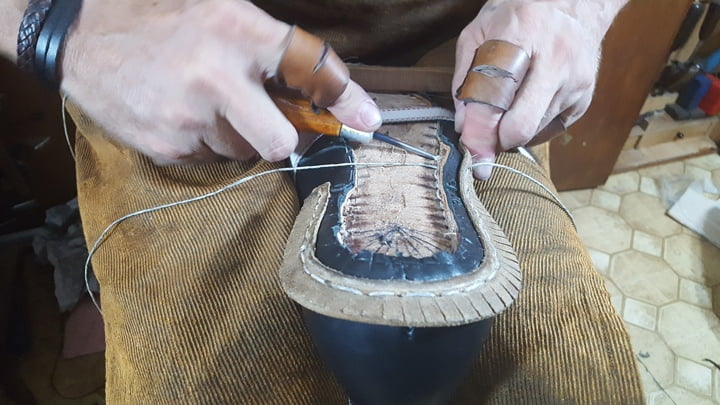
A hallmark of quality, connecting the upper to the sole and could be sewed by hand in different welted shoe constructions or can be simply glued to imitate real hand-stitched welt.
The picture above is feachers a moment of welt sewing to the upper and insole from English Welted Men's Oxfor Shoe Course.

This image shows the moment of ready-made welt gluing to the shoe bottom to imitate welted construction. It is absolutely diverse shoemaking approach and is perfect for beginners in shoemaking. This is one of the shoe constructions used in the Loafers Making Course, and if you want to learn more about different approaches that beginners must know, read this article: "How to make shoes-Make Shoes Step By Step For Beginners"
Dive into our very useful tutorial on crafting the perfect shoe welt by yourself.
Throat Line
The front edge of the quarters or front topline of the flats or pumps, a subtle yet defining feature in many shoe designs.
In the picture below you can see an example of a throat line-the curved line in front that is a very important design line in making Flat Ballets or High Heels Pump Shoes.

Sideline

The lines or seams that run along the sides of the shoe, defining its shape and structure.
Note: throat line and sideline together form a Neckline. This line holds significant importance in crafting court shoe styles, particularly in flats and pumps. Dive into this article to discover how the placement of the neckline can greatly influence both the comfort and aesthetic appeal of these footwear types.
Toe Box
The front compartment of the shoe, ensures comfort for the toes.
Eyelets
Small holes or loops, often reinforced with metal or plastic, through which laces are threaded. They ensure the shoe can be securely fastened to the foot.
Laces
Strings or cords threaded through the eyelets, allowing the wearer to adjust the shoe's tightness for a snug fit.
Tongue
A strip of material situated under the laces, providing a cushion between the foot and the laces, ensuring comfort and preventing friction.
Aglets
The small protective endings on shoelaces. They prevent the laces from fraying and make them easier to thread through eyelets.

